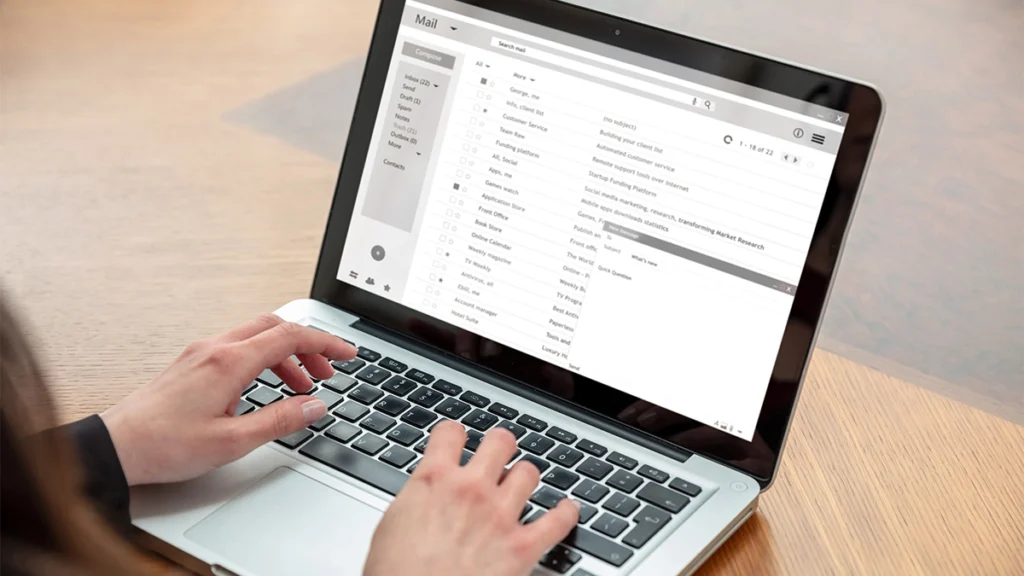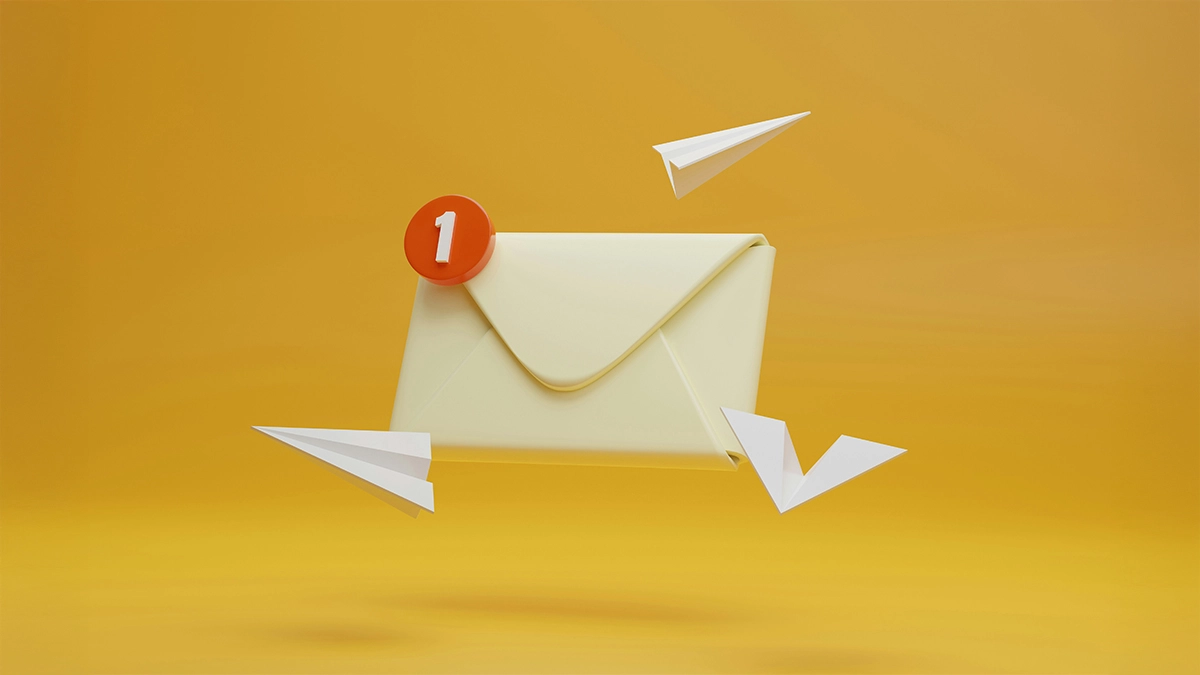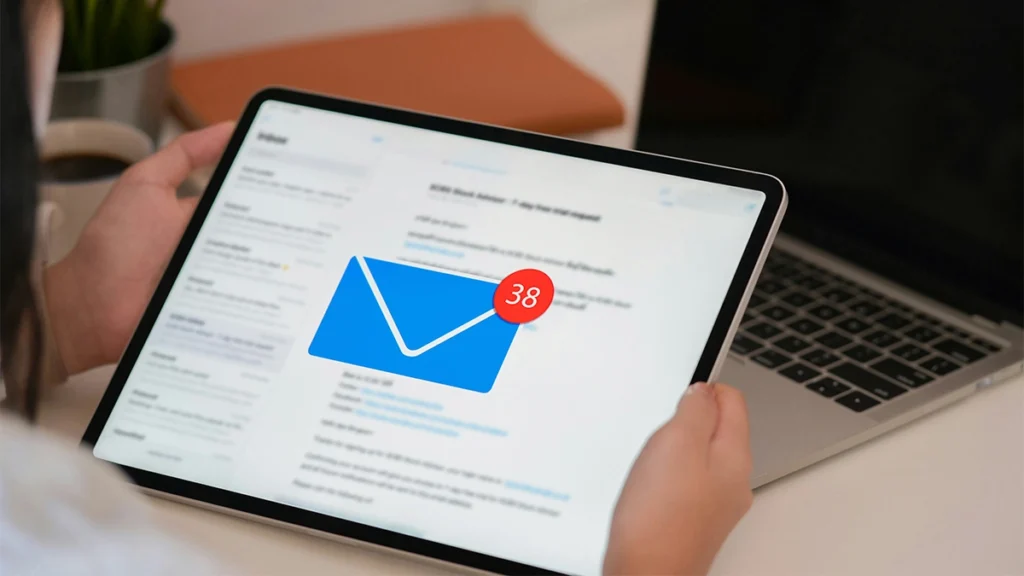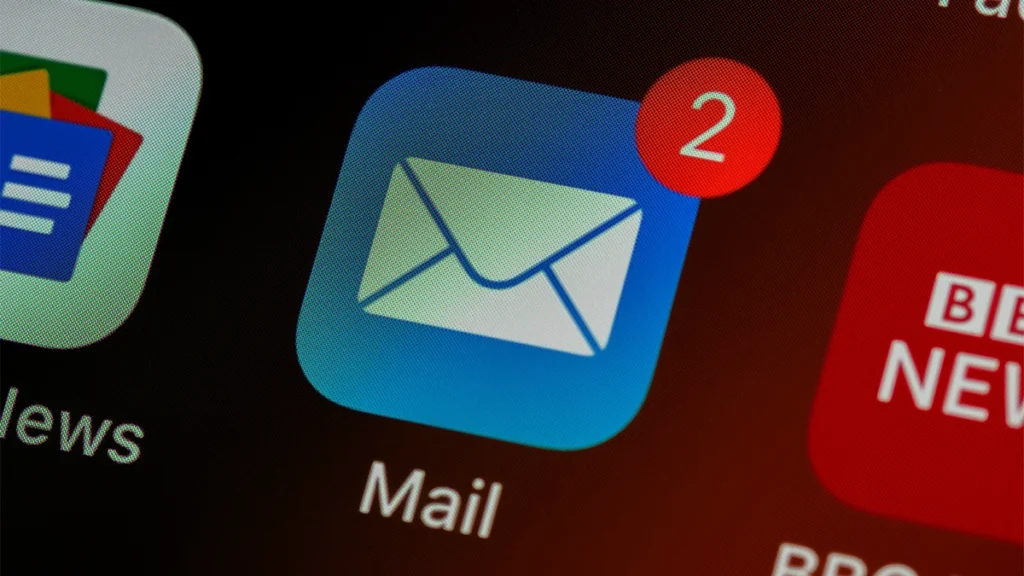If you’re a small business or startup, email marketing can feel like one of those “I’ll get to it later” tasks – something that sounds complicated but always seems to sit at the bottom of the list. The truth is, your first email campaign doesn’t need to be difficult. With the right tools and a clear plan, you can start connecting directly with your audience and see real results, even on a small budget.
In this guide, we’ll walk you through every step of setting up your first email campaign – from choosing the right platform to measuring your results. Whether you’re promoting a new product, sharing updates, or just staying in touch with customers, this step-by-step approach will help you get it right the first time.
Why Email Campaigns Still Matter
Before we dive into the how-to, it’s worth addressing one common question: Is email marketing still effective in 2025?
The short answer is absolutely. In fact, recent studies show that email marketing provides an average ROI of 42:1 for small businesses, making it one of the most cost-effective marketing channels available. This compelling data highlights the continued importance of email as a direct line to your audience, without relying on algorithms or paid ads.
Despite all the talk about social media and automation, email remains one of the most powerful tools for small businesses. It gives you a direct line to your audience, without relying on algorithms or paid ads. With the right strategy, email can drive repeat sales, build loyalty, and strengthen your brand voice.
At 404 Marketing, we often remind small business owners that email is owned marketing. You control your list, your message, and how often you show up. That’s a big advantage over the unpredictability of social media.
Step 1: Choose the Right Email Marketing Platform
The first step in launching your email campaign is choosing where to manage it. You’ll want a platform that’s easy to use, integrates well with your website, and offers automation features as your business grows.
Popular beginner-friendly options include:
- Mailchimp – Great for small lists and simple campaigns.
- MailerLite – Affordable, modern, and ideal for startups.
- Kit – Best for creators and service-based businesses.
When comparing tools, look for features such as:
- Drag-and-drop email builder
- Automation options (e.g., welcome sequences)
- Integration with your website or CRM
- Reliable deliverability rates
- Clear reporting dashboards
If you’re already working with a digital agency or web designer, ask whether your site has a preferred integration – for example, linking a newsletter sign-up form directly with MailerLite or Mailchimp.
Step 2: Build and Organise Your Email List
Your email list is the heart of your campaign. Before sending anything, you’ll need to make sure you’re collecting subscribers the right way.
Add a sign-up form to your website
Place it in visible spots such as:
- The footer of your website
- Blog sidebars or post-footers
- Your homepage hero section
- A dedicated “Subscribe” page
You can use incentives like:
- A free downloadable guide
- Discount codes or early access
- “Helpful digital marketing advice straight to your inbox” (like we do at 404 Marketing)
Follow GDPR best practices
Since you’re in the UK, you must include:
- A clear opt-in (no pre-ticked boxes)
- A privacy policy explaining how data is used
- An unsubscribe option in every email
Segment your audience
Even with your first campaign, start tagging subscribers based on where they signed up or what they’re interested in. For example:
- Clients vs. leads
- Blog readers vs. e-book downloaders
- E-commerce customers vs. service enquiries
Segmentation makes your future campaigns more targeted and effective.
Step 3: Define Your Email Campaign Goal
Before writing a single word, decide what you want to achieve with your first email campaign. A clear goal helps you stay focused and measure success accurately.
Common email campaign goals include:
- Promoting a new product or service
- Driving traffic to your website or blog
- Encouraging repeat purchases
- Re-engaging inactive subscribers
- Building brand awareness
For example, if your goal is to promote a new service page, you might write an engaging email that highlights the benefits and links directly to the page. On the other hand, if you’re nurturing new subscribers, your goal could simply be to introduce your brand and build trust.
Step 4: Craft a Compelling Subject Line
Your subject line is the first impression you make – and it’s what determines whether your email gets opened or ignored.
Here are a few quick tips:
- Keep it short (under 50 characters)
- Use clear, conversational language
- Add curiosity or value (e.g., “3 ways to improve your website UX today”)
- Avoid spammy words like “FREE!!!” or “Act now!”
If you’re not sure where to start, write three or four subject line variations and test them later (most email platforms allow A/B testing).
Step 5: Write Engaging Email Content

Once you’ve hooked readers with the subject line, your content needs to deliver value. The key is balance: promotional enough to achieve your goal, but helpful enough to keep people subscribed.
A simple structure to follow:
- Header / Greeting: Use your brand’s tone. Friendly and simple works best.
- Introduction: Quickly remind readers why they’re receiving the email.
- Main content: Share your offer, story, or useful information.
- Call-to-action (CTA): Tell them what to do next – visit your site, download a resource, or get in touch.
Keep paragraphs short and readable. Use images sparingly to keep the design clean and professional.
If you’re unsure how much text to include, think about your reader’s time. Most people will scan your email in 20–30 seconds, so get straight to the point.
Add personalisation for better engagement
Personalisation isn’t just about adding someone’s first name — it’s about making the content feel relevant. Most email platforms let you personalise content based on subscriber data such as name, location, or behaviour.
For example:
- Use the subscriber’s first name in the greeting (“Hi Sarah,” feels more natural than “Hi there”)
- Recommend products or blog posts related to their previous interests
- Send different versions of the same email to different audience segments
Even small touches can make a big difference. According to studies, personalised emails have higher open and click-through rates because they feel more human and less “salesy.” For small businesses, this is an easy way to stand out from generic marketing noise.
If you’re starting small, simply begin by greeting subscribers by name and tailoring your CTA or message to reflect where they joined your list.
Step 6: Design Your Email Template
Your design should feel like an extension of your brand. Consistency helps subscribers recognise your business immediately.
Tips for effective design:
- Stick to your brand colours and fonts
- Use your logo in the header
- Keep plenty of white space for readability
- Make your CTA button stand out
- Test how your email looks on both desktop and mobile
Most email platforms offer drag-and-drop editors with pre-built templates. Start simple – one hero image, short copy, and one CTA button are often enough.
If you already have a brand style guide or work with a designer, use those assets to create a polished, consistent look.
Accessibility best practices
Making your emails accessible ensures everyone can engage with your content, including people using assistive technologies. Accessibility isn’t just good practice — it’s part of delivering an inclusive, user-friendly experience.
Here’s how to make your email more accessible:
- Add alt text for all images so screen readers can describe them.
- Use readable font sizes (at least 14–16px for body text).
- Maintain strong colour contrast between text and background (for example, dark text on a light background).
- Avoid relying solely on colour to convey information (e.g., don’t make “important” text only red).
- Keep layout simple — single-column designs work better on mobile and screen readers.
- Label buttons clearly with descriptive text like “Download the guide” rather than “Click here.”
By considering accessibility early, you make your campaigns more effective and welcoming for every reader.
Step 7: Test Your Email Before Sending
Before hitting “Send”, always test your email. You’d be surprised how easy it is for a typo, broken link, or odd layout to slip through.
Run these checks:
- Send a test email to yourself (and a teammate if possible)
- Click every link and button
- Check spelling and grammar
- Review on both desktop and mobile
- Preview dark mode if your platform allows it
Also, double-check your sender name and email address. Use something that looks professional and trustworthy – for example, newsletter@yourdomain.co.uk or hello@yourdomain.co.uk. Avoid noreply@ addresses, as they discourage replies and make your brand feel less approachable.
Step 8: Schedule and Send Your Email
Timing can make a big difference. For most small businesses, weekday mornings (Tuesday to Thursday between 9–11 am) tend to perform best, but it depends on your audience. For B2C brands, evenings and weekends can also work well.
If you’re unsure, consider a simple timing test. Try sending your email campaign on two different days, like Tuesday and Thursday, at two different times, such as 10 am and 4 pm. This A/B schedule matrix provides a straightforward way to see when your audience is most engaged and starts the process of moving from theory to practices.
Don’t forget to:
- Double-check your email list selection
- Exclude unsubscribed or inactive users
- Confirm your campaign name (for easy tracking later)
Once everything looks good – hit send!
Step 9: Track and Analyse Your Results
The real learning happens after you send your campaign. Analysing your results shows what worked and what can be improved next time.
Key metrics to review:
- Open Rate: How many people opened your email
- Click-Through Rate (CTR): How many clicked your links
- Conversion Rate: How many took your desired action
- Unsubscribes: How many opted out
If your open rate is low, test new subject lines next time. If your click-through rate is low, refine your CTA or make it more prominent.
Most email tools give clear dashboards and downloadable reports, making it easy to compare campaigns over time.
Step 10: Follow Up and Build Momentum
Your first email campaign is just the start. To see long-term success, you’ll want to keep the conversation going.
Here are some easy next steps:
- Create a welcome series:
Automate a short sequence that introduces new subscribers to your brand. - Plan a content calendar:
Send regular updates – weekly, fortnightly, or monthly – so your audience knows what to expect. - Test and tweak:
Experiment with subject lines, design, and timing to learn what works best for your list. - Repurpose your content:
Turn parts of your email into blog posts, social media updates, or short videos.
Remember, consistency beats perfection. You’ll learn more from sending regular campaigns than from waiting until everything feels “ready.”
Common Mistakes to Avoid
Even the best email campaigns can go wrong if you overlook a few basics. Keep these pitfalls in mind:
- Skipping permission:
Never buy or scrape email lists – it’s illegal under GDPR. - Sending too often:
Over-emailing leads to unsubscribes. Stick to a schedule. - No clear CTA:
Every email should have one main action. - Too many images:
Visuals are great, but too many can affect deliverability. - Ignoring analytics:
Data is your best friend – use it to improve.
Final Thoughts
Your first email campaign doesn’t need to be perfect – it just needs to be sent. Every business starts somewhere, and the best way to learn is by doing.
Start small, focus on providing value, and build from there. Over time, you’ll get a feel for what your audience loves and how to turn emails into lasting customer relationships.
If you’re unsure where to begin or need help setting up your first campaign, we can guide you through the process – from choosing the right platform to designing branded templates that convert.


